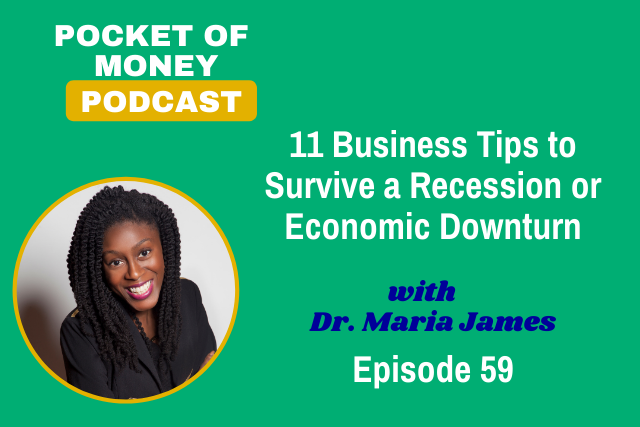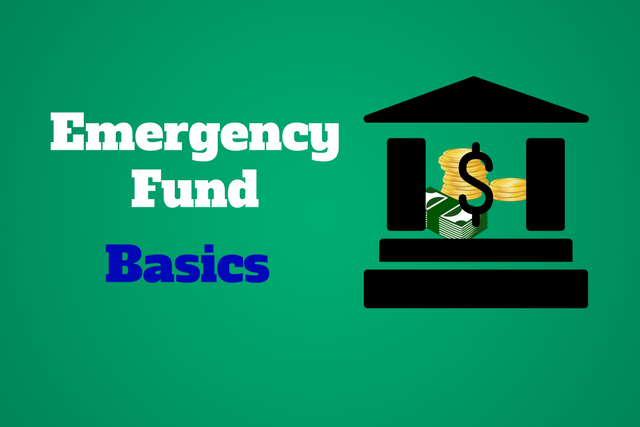How to Create a Realistic Business Budget for Next Year

Have you already created your business budget for next year? A budget is part of your plan for revenue and profits. You’re more likely to achieve your revenue goals if you have a budget.
You may be wondering “how to create a realistic business budget.” You don’t want to use numbers that you think sound good. You want to use numbers that actually make sense for your business.
Here are some simple steps to help you create a realistic budget.
Step 1: Review Past Revenue
Review the revenue from the past 12 months. Break it down by month. Take note of high grossing and low grossing periods.
Start with the same revenue totals. Next, consider your capacity, planned marketing efforts, and industry trends. Do you expect the amount of revenue to remain the same or increase? How much of an increase do you expect?
Put the adjusted revenue expectations into your budget either by quarter or month.
Step 2: Review Past Expenses
Review the fixed and variable expenses from the previous 12 months. Adjust the totals for expenses that have increased or decreased.
Consider upcoming changes like an increase or decrease in staff or changes in events or services that cause additional expenses.
Make sure such changes are reflected in the expenses section of the budget in order to have a more realistic view of costs.
Step 3: Consider one-time expenses
Think of the anticipated one-time expenses and add those into the budget. E.g. travel, conferences, new equipment.
Yes, you want wiggle room in your budget to take advantage of opportunities that may arise, but you also want to maintain a healthy profit. Variable expenses can eat away at your profit.
Step 4: Set budgeted revenue i.e. revenue goals
Consider the amount of money you expect to make for the year. Break it down by quarter and month.
Don’t just use buzzword dollar amounts like six-figures and a million dollars. Base your revenue goals off of your past revenue plus planned marketing and advertising efforts.
Months where you have specific campaigns or launches will be expected to have higher revenue. Use the numbers to determine how much higher is expected and realistic.
Step 5: Put the numbers together
Add everything together and you’ll have a realistic budget. I suggest adding rows to your spreadsheet to calculate estimated profit and profit margin at the bottom. This will help you make sure the numbers make sense for profitability and growth.
A healthy positive profit margin lets you know that the expected revenue and estimated expenses make sense for the business to thrive.






Responses